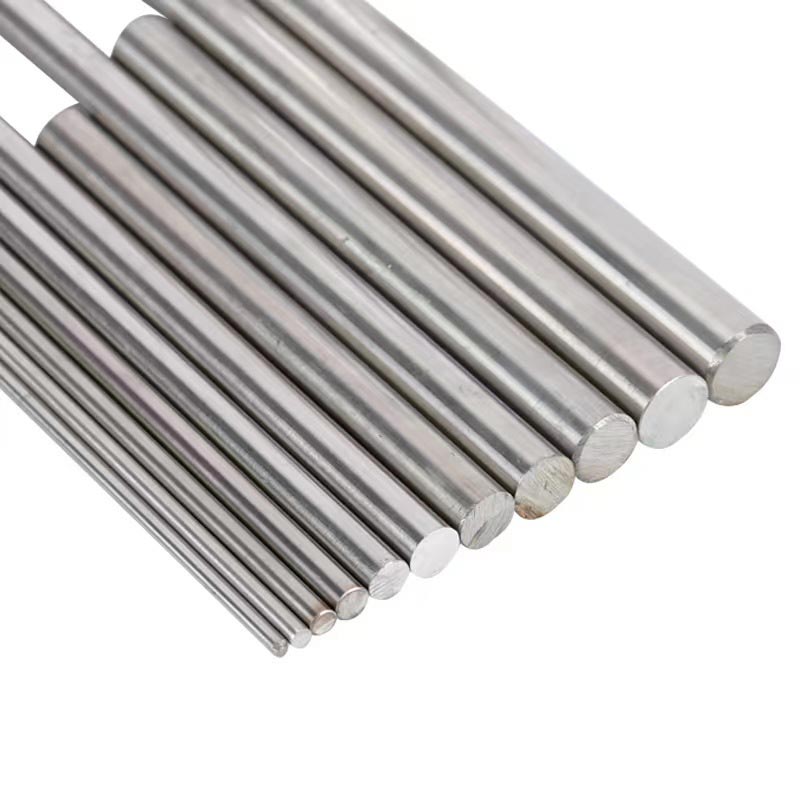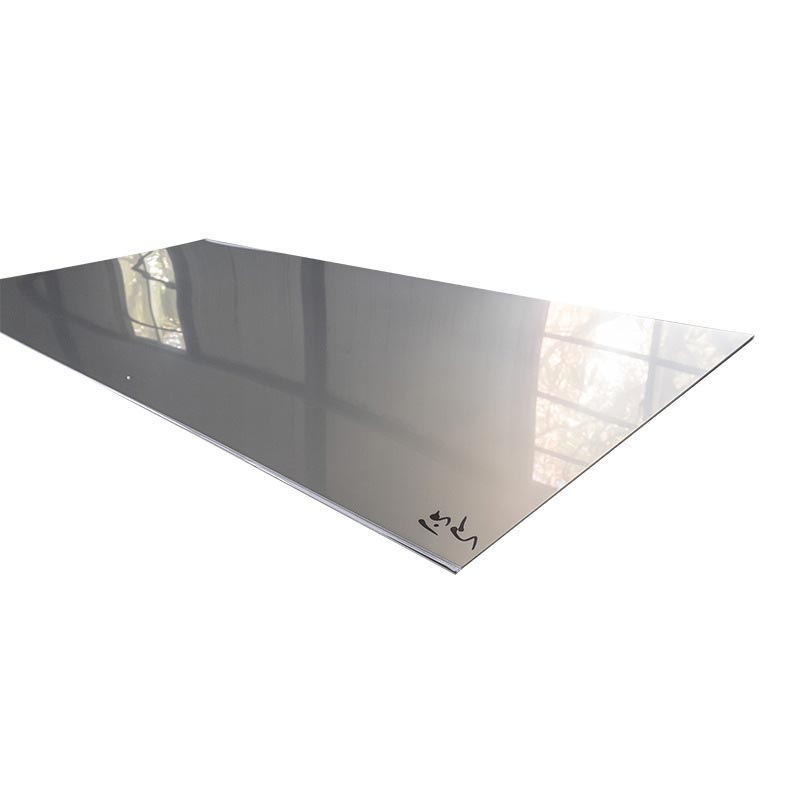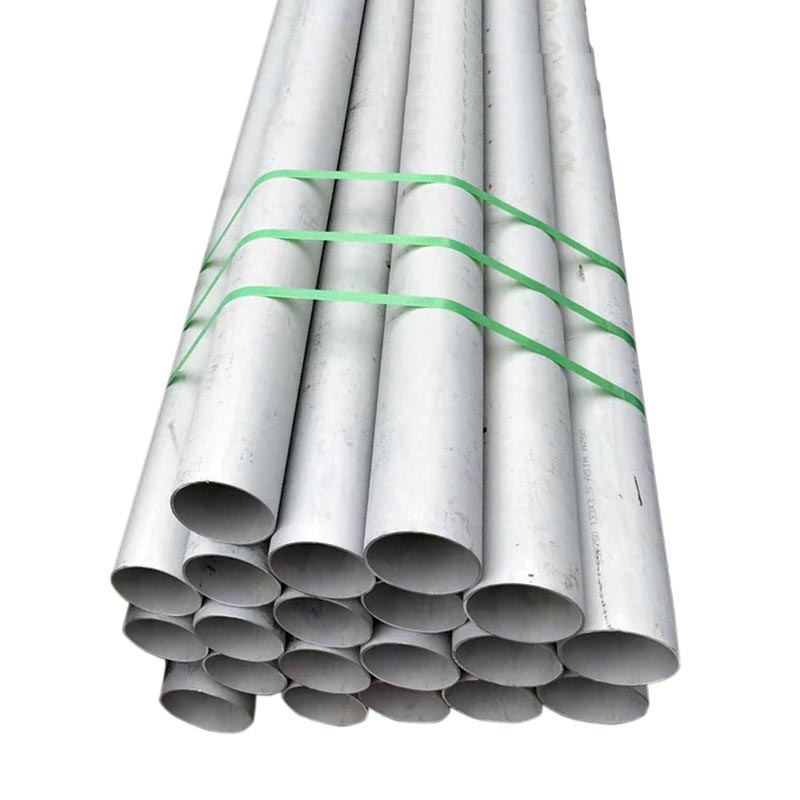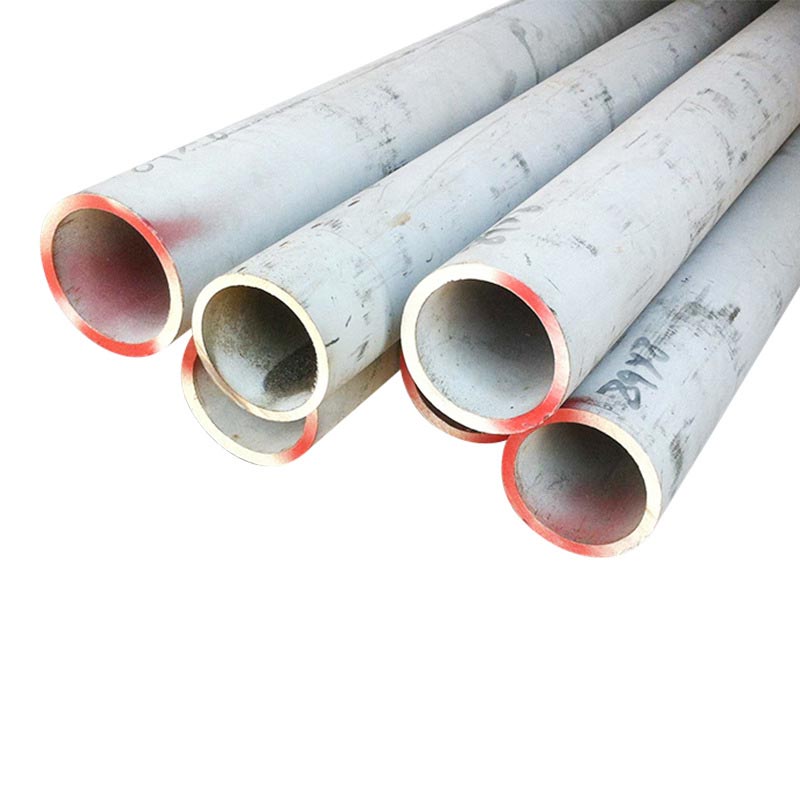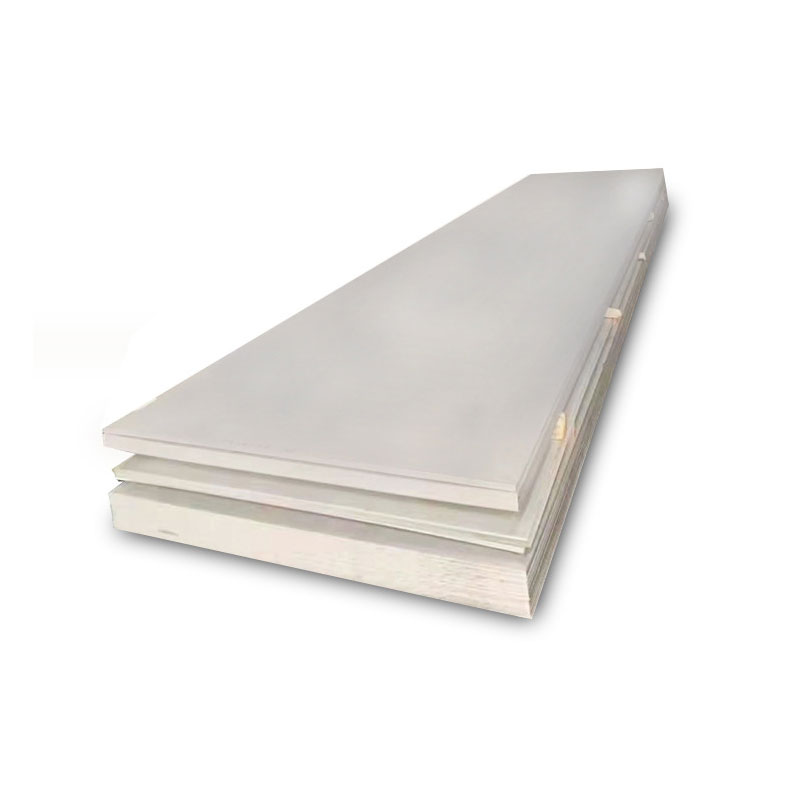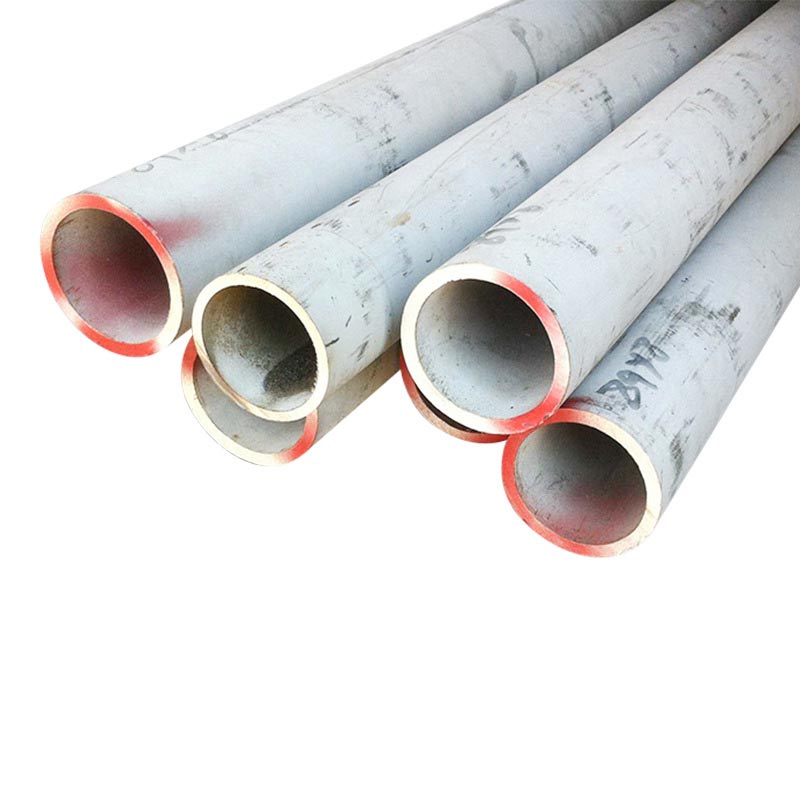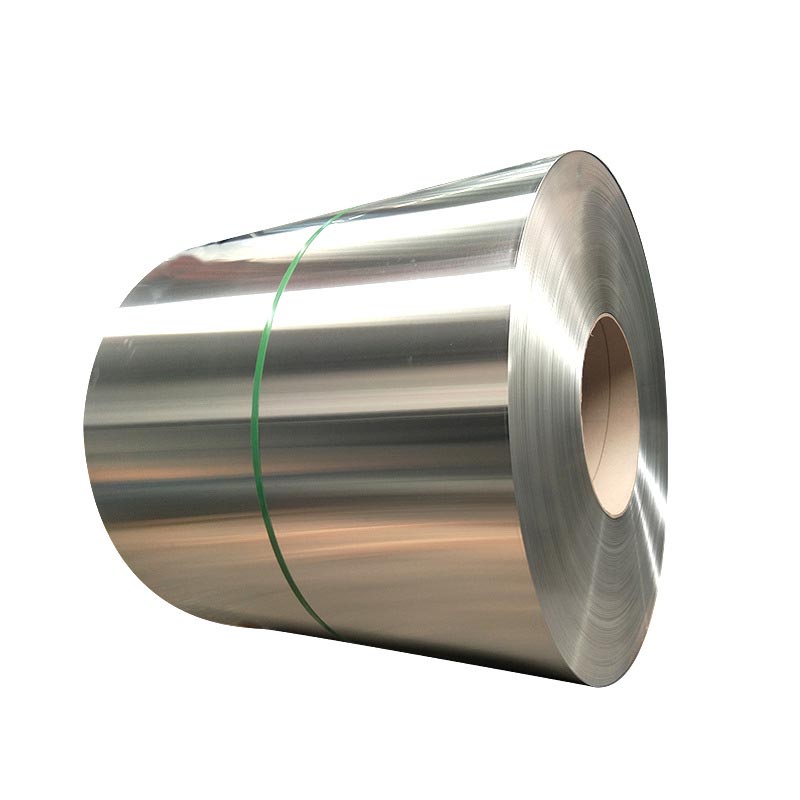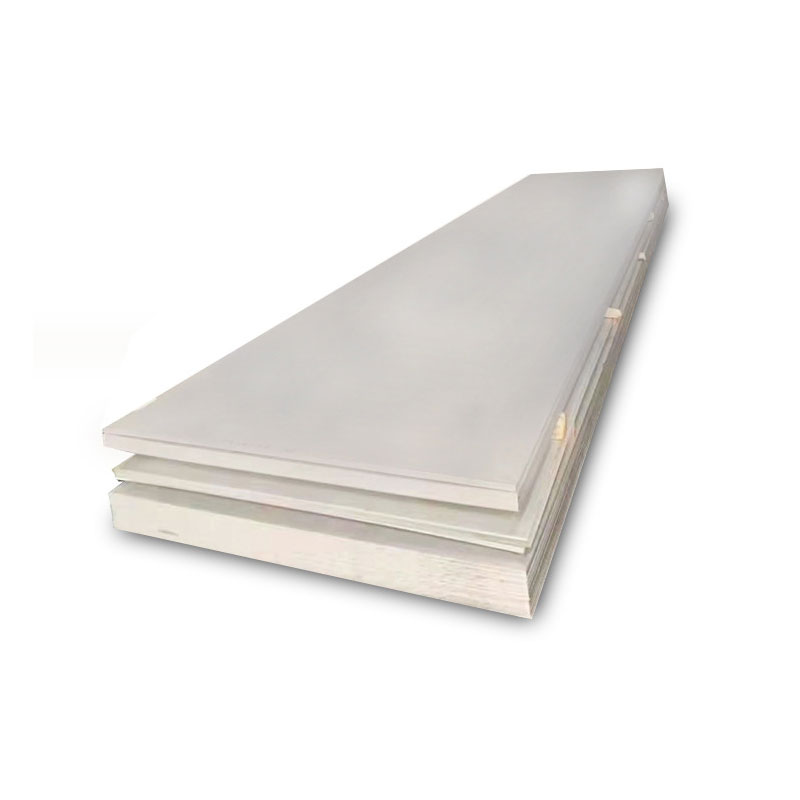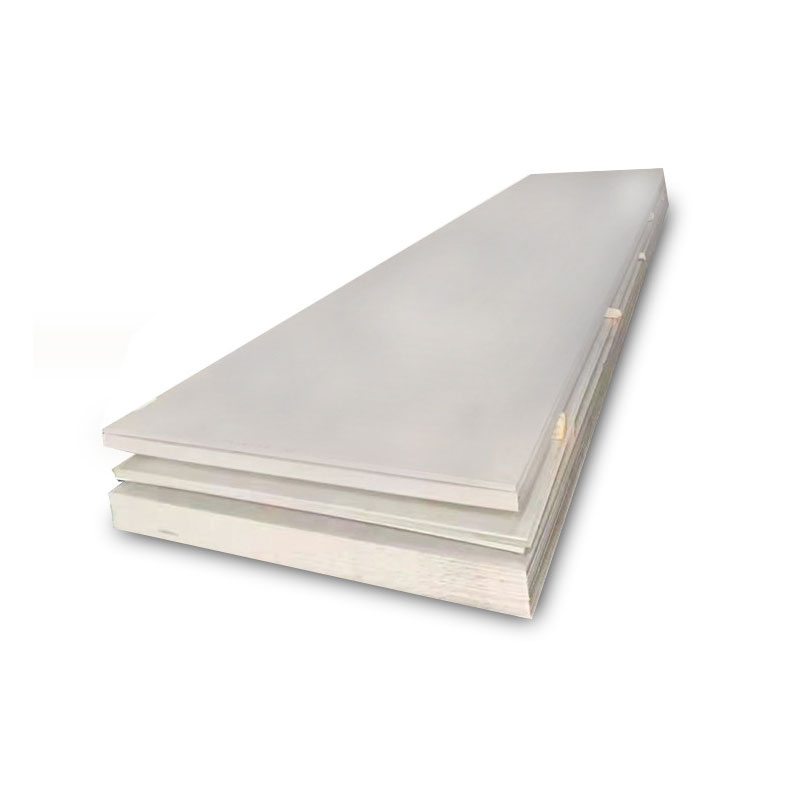Why Are Stainless Steel Bars in High Demand for Construction Projects?
In the ever - evolving world of construction, the choice of materials can make or break a project. Stainless steel bars have emerged as a top choice for construction professionals, and their popularity is on the rise. But what exactly makes these bars so highly sought - after in construction projects? In this comprehensive guide, we'll explore the various reasons behind the high demand for stainless steel bars, key features, product specifications, and answer some frequently asked questions.
Exceptional Strength - to - Weight Ratio
High Strength for Structural Integrity
Stainless steel bars are renowned for their high strength. They can withstand significant loads and stresses, making them ideal for use in constructing various structural elements such as beams, columns, and supports. In high - rise buildings, where the weight of the structure is a crucial factor, stainless steel bars offer the necessary strength to support the upper floors without adding excessive weight. For example, in a 50 - story building, the use of stainless steel bars in the framework ensures that the building can endure wind forces, seismic activity, and the weight of its occupants and contents over time. The tensile strength of stainless steel bars can range from 500 - 1500 MPa (megapascals), depending on the grade, providing a reliable and robust solution for construction projects.
Lightweight for Easier Handling and Installation
Superior Corrosion Resistance
Protection Against Rust and Deterioration
Long - Term Durability in Harsh Environments
Aesthetic Appeal and Design Flexibility
Sleek and Modern Appearance
Customizable Finishes
Fire Resistance
High Melting Point
No Release of Toxic Fumes
Sustainability and Recyclability
Recyclable Material
Low Environmental Impact
The production of stainless steel bars has a relatively low environmental impact compared to some other construction materials. The manufacturing process of stainless steel involves less water consumption and produces fewer greenhouse gas emissions. In addition, the long - term durability of stainless steel bars means that buildings constructed with them require fewer resources for maintenance and replacement over time, further reducing the overall environmental impact of the construction project.
Key Features to Consider When Choosing Stainless Steel Bars
Grade Selection
|
Grade
|
Characteristics
|
Common Applications
|
|
304
|
Good corrosion resistance, non - magnetic, suitable for general - purpose applications
|
Interior and exterior architectural elements, food processing equipment
|
|
316
|
Enhanced corrosion resistance, especially in chloride - rich environments (such as coastal areas), contains molybdenum
|
Marine construction, chemical processing plants
|
|
430
|
Ferritic stainless steel, good corrosion resistance, lower cost than austenitic grades
|
Appliance parts, automotive trim
|
|
17 - 4 PH
|
Precipitation - hardened stainless steel, high strength, good corrosion resistance
|
Aerospace components, high - stress mechanical parts
|
Size and Dimensions
Surface Finish
Mechanical Properties
Product Specifications: Understanding the Details
Chemical Composition
|
Element
|
Function
|
Typical Percentage Range
|
|
Chromium
|
Provides corrosion resistance
|
10.5% - 30%
|
|
Nickel
|
Improves strength and toughness
|
0% - 22%
|
|
Molybdenum
|
Enhances corrosion resistance in certain environments
|
0% - 6%
|
|
Carbon
|
Affects hardness and strength
|
0% - 0.15%
|
Physical Properties
|
Property
|
Description
|
Typical Values
|
|
Density
|
Mass per unit volume
|
7.7 - 8.0 g/cm³
|
|
Melting Point
|
Temperature at which the metal changes from solid to liquid
|
1400 - 1500 °C (2550 - 2730 °F)
|
|
Thermal Conductivity
|
Ability to conduct heat
|
12 - 25 W/(m·K)
|
|
Electrical Conductivity
|
Ability to conduct electricity
|
1.4 - 2.2 x 10⁶ S/m
|
Mechanical Properties
|
Property
|
Definition
|
Typical Values
|
|
Tensile Strength
|
Maximum stress a material can withstand while being stretched
|
500 - 1500 MPa
|
|
Yield Strength
|
Stress at which a material begins to deform plastically
|
200 - 1000 MPa
|
|
Elongation
|
Percentage increase in length before fracture
|
20% - 60%
|
|
Hardness
|
Resistance to indentation or scratching
|
150 - 400 HB (Brinell Hardness)
|
Why Are Stainless Steel Bars in High Demand for Construction Projects? FAQ Common Questions
Q: Are stainless steel bars more expensive than other types of steel bars?
Q: Can stainless steel bars be used in earthquake - prone areas?
Q: How do I choose the right grade of stainless steel bar for my construction project?
Making the Right Choice for Your Construction Project
- Why Does Tinplate Steel Win Real-World Packaging Projects Today?
- Surface Quality Inspection Methods and Precautions for 304 Stainless Steel Sheet
- What is the Manufacturing Process of Stainless Steel Tube?
- Welding Quality Measures for 304 Stainless Steel Seamless Tubes
- How to Choose the Stainless Steel Tube for Your Industrial Needs?
- Bright Annealing Conditions for 304 Stainless Steel Tube


